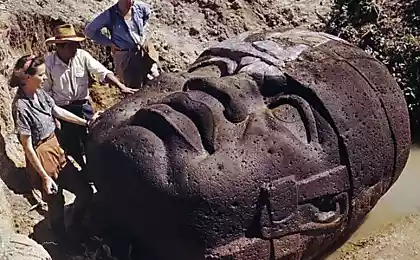822
Giant's Causeway
Once it roamed the giants, and today - is the main attraction of Northern Ireland.
Imagine a road from 40,000 multifaceted pillars, delves into the Atlantic Ocean about 150 meters. Numerous basalt columns connected by their tops, forming something like a springboard, which begins at the base of the cliff, and out to sea.
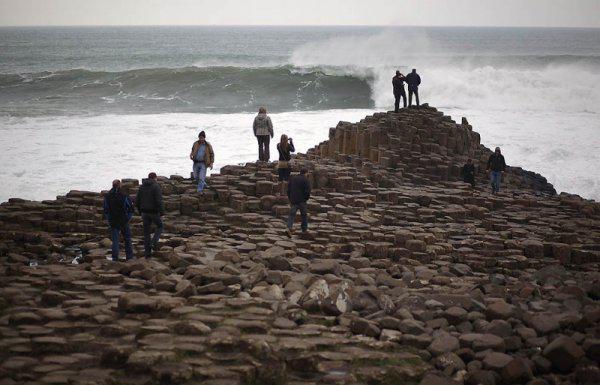
1. Giant's Causeway (also known as Clochán an Aifir or ClochánnabhFomhórach) - coastal area consisting of 40,000 basalt columns of volcanic origin.
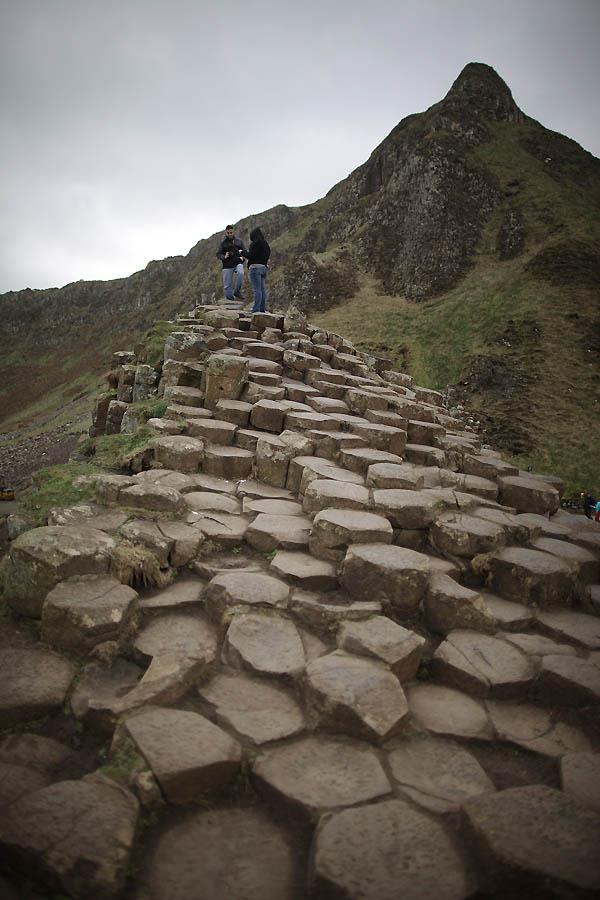
2. It is located in the north-east of Northern Ireland, 4, 8 km north of the town of Bushmills. In 1986 it was declared a UNESCO World Heritage Site, and in 1987 - a national nature reserve.
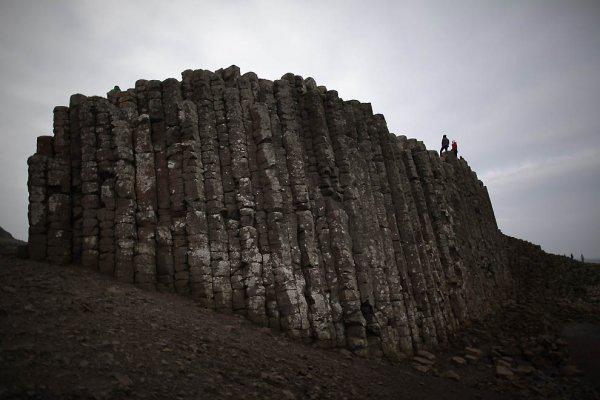
3. In 2005, a survey of «Radio Times», Giant's Causeway was named the fourth wonder of nature in the UK.
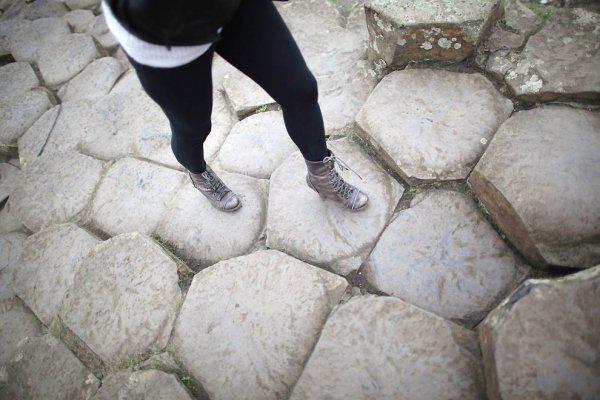
4.
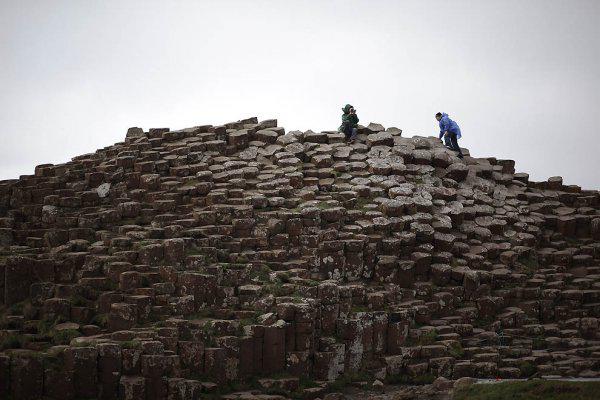
5. Most of the columns are hexagonal, although sometimes there are columns with four, five, seven or even eight faces. These columns form a "ladder" that leads from the foot of the cliffs to the sea. The height of the largest is 12 meters.
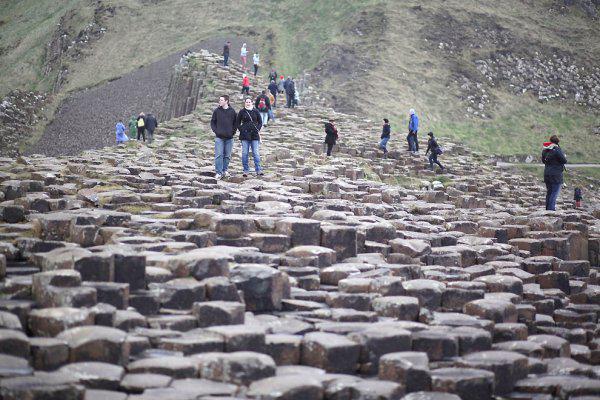
6.
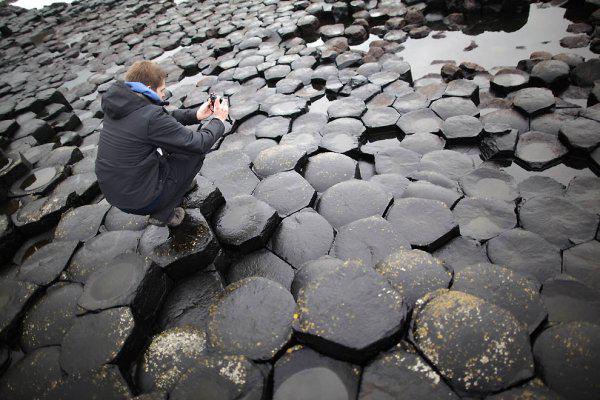
7. According to legend, the ancient road was built giant Finn McCool to get to the island of Staffa and plunge there Scottish cyclops Gall. Reaching for the poles to the island, the size of the opponent Macul scared and fled. In turn, the giant from Scotland went down this road in Ireland, but after seeing the baby presented macula, afraid of possible dimensions of his father, and in a panic ran back for a felling poles and destroying the road.
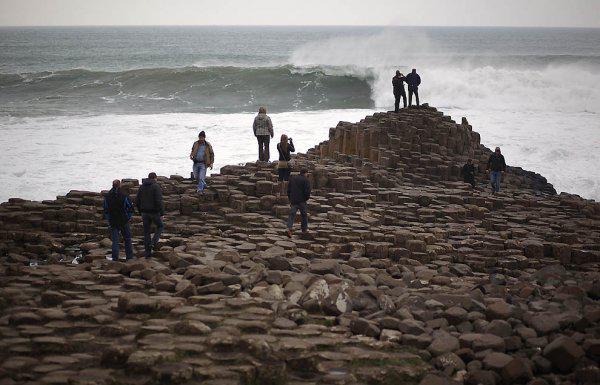
8.
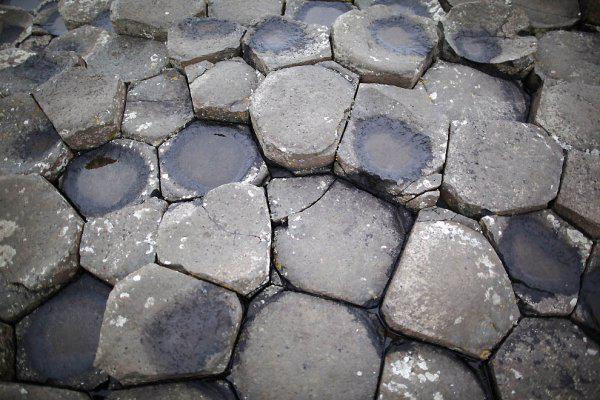
9. The scientific theory is that amazing Giant's Causeway - this is just an ordinary consequences of a volcanic eruption that occurred several million years ago.
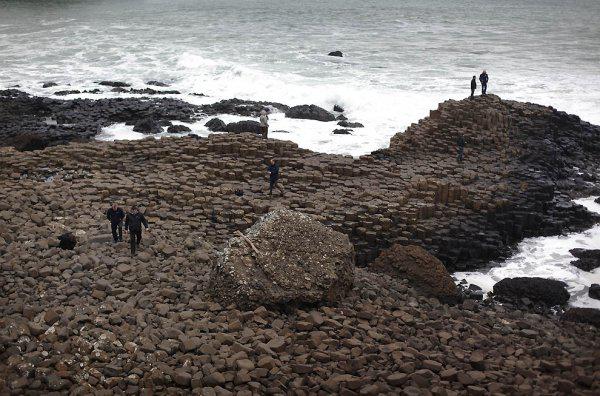
10.
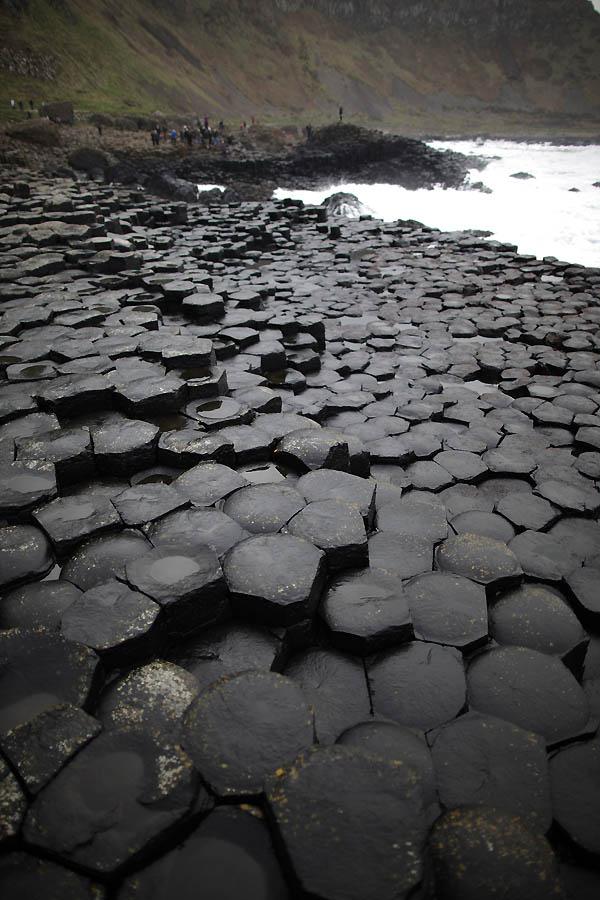
11. About 50 to 60 million years ago, during the Paleogene period, the location of Antrim subjected to intense volcanic activity, when red-hot liquid molten basalt came through deposits, forming extensive lava plateaus. As the rapid cooling has been decreasing volume of material (like observed in drying mud). Horizontal compression led to the formation of the characteristic structure of hexagonal pillars. Giant's Causeway - only part of the basaltic volcanic plateau Tulean formed in the Paleogene period.
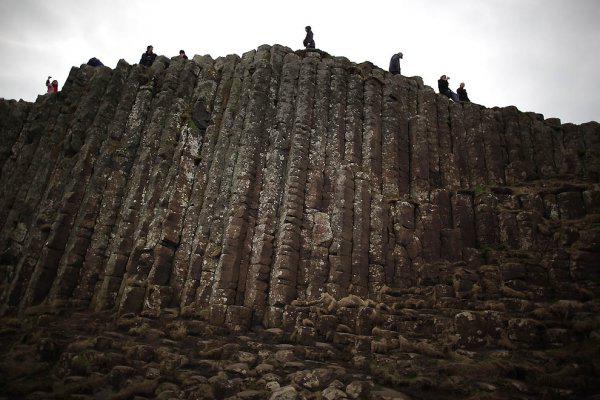
12.
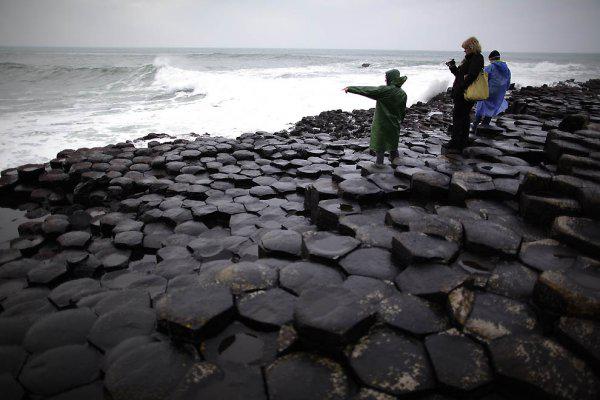
13. Today the road is under the jurisdiction of the National Fund and is the most visited tourist destination Northern Ireland

Imagine a road from 40,000 multifaceted pillars, delves into the Atlantic Ocean about 150 meters. Numerous basalt columns connected by their tops, forming something like a springboard, which begins at the base of the cliff, and out to sea.

1. Giant's Causeway (also known as Clochán an Aifir or ClochánnabhFomhórach) - coastal area consisting of 40,000 basalt columns of volcanic origin.

2. It is located in the north-east of Northern Ireland, 4, 8 km north of the town of Bushmills. In 1986 it was declared a UNESCO World Heritage Site, and in 1987 - a national nature reserve.

3. In 2005, a survey of «Radio Times», Giant's Causeway was named the fourth wonder of nature in the UK.

4.

5. Most of the columns are hexagonal, although sometimes there are columns with four, five, seven or even eight faces. These columns form a "ladder" that leads from the foot of the cliffs to the sea. The height of the largest is 12 meters.

6.

7. According to legend, the ancient road was built giant Finn McCool to get to the island of Staffa and plunge there Scottish cyclops Gall. Reaching for the poles to the island, the size of the opponent Macul scared and fled. In turn, the giant from Scotland went down this road in Ireland, but after seeing the baby presented macula, afraid of possible dimensions of his father, and in a panic ran back for a felling poles and destroying the road.

8.

9. The scientific theory is that amazing Giant's Causeway - this is just an ordinary consequences of a volcanic eruption that occurred several million years ago.

10.

11. About 50 to 60 million years ago, during the Paleogene period, the location of Antrim subjected to intense volcanic activity, when red-hot liquid molten basalt came through deposits, forming extensive lava plateaus. As the rapid cooling has been decreasing volume of material (like observed in drying mud). Horizontal compression led to the formation of the characteristic structure of hexagonal pillars. Giant's Causeway - only part of the basaltic volcanic plateau Tulean formed in the Paleogene period.

12.

13. Today the road is under the jurisdiction of the National Fund and is the most visited tourist destination Northern Ireland
























